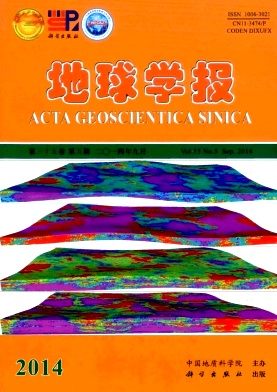YIN Fang, LIU Lei, ZHANG Ji-rong, ZHOU Jun. Remote Sensing Detection of Mineralization Related to Small Intermediate-acid Intrusions in Xiemisitai Area, Xinjiang[J]. Acta Geoscientica Sinica, 2014, (5): 560-565. doi: 10.3975/cagsb.2014.05.05
| Citation: |
YIN Fang, LIU Lei, ZHANG Ji-rong, ZHOU Jun. Remote Sensing Detection of Mineralization Related to Small Intermediate-acid Intrusions in Xiemisitai Area, Xinjiang[J]. Acta Geoscientica Sinica, 2014, (5): 560-565. doi: 10.3975/cagsb.2014.05.05
|
Remote Sensing Detection of Mineralization Related to Small Intermediate-acid Intrusions in Xiemisitai Area, Xinjiang
-
Abstract
The small acid-intermediate intrusion is often ignored because of its small size and the large distance between two adjacent survey routes for geological mapping. This has seriously restricted the discovery of the relevant mineralization. During the mineral exploration in Xiemisitai area of west Junggar Basin, Xinjiang, a remote sensing-dominated method was used for targeting of small intrusion-related deposits. First, ETM+ data were used for reconnaissance of small intrusions. In the selected area, ETM+ data and CBERS-02B HR were fused to identify small intrusions. Then, remote sensing anomalies were delineated by using the principal component analysis. The targets were selected based on synthetic analysis of remote sensing results, geological data and geochemical anomalies. Fourteen small potash-feldspar granites and three hornblende biotite granites were interpreted and most of these small intrusions were confirmed in the field. Five Cu and Au mineralization spots were discovered for the first time, which confirmed the validity of this method. These methods are recommended for lithologic mapping and small intrusion-related mineral resources targeting in the sparse vegetation arid regions of northwestern China.
-

-
-
Access History







 DownLoad:
DownLoad: